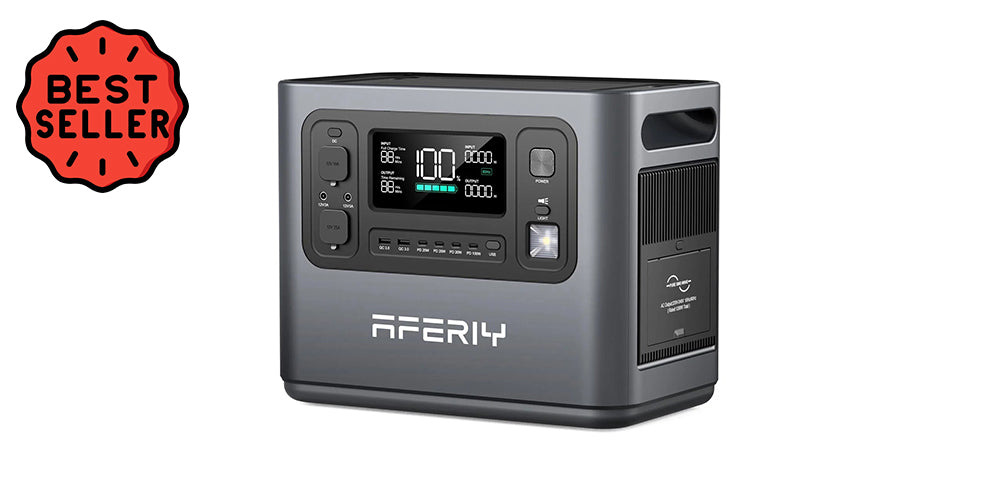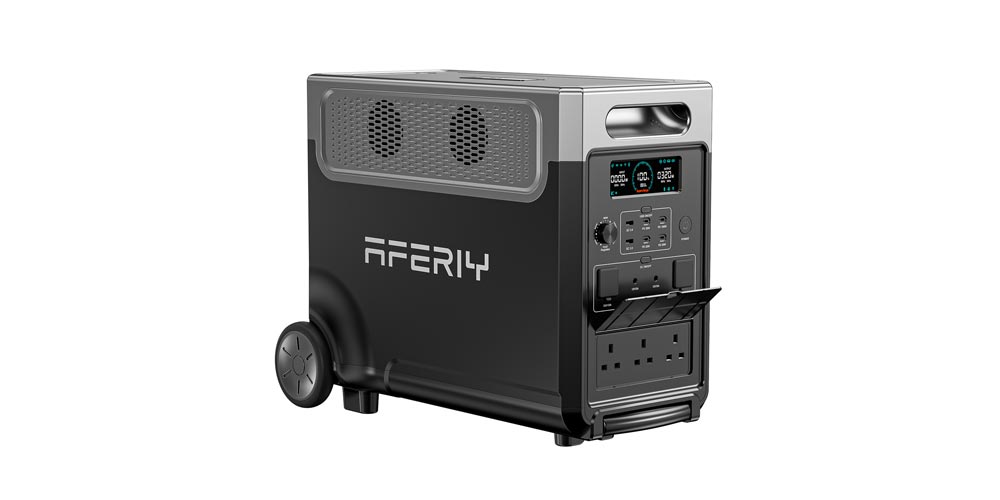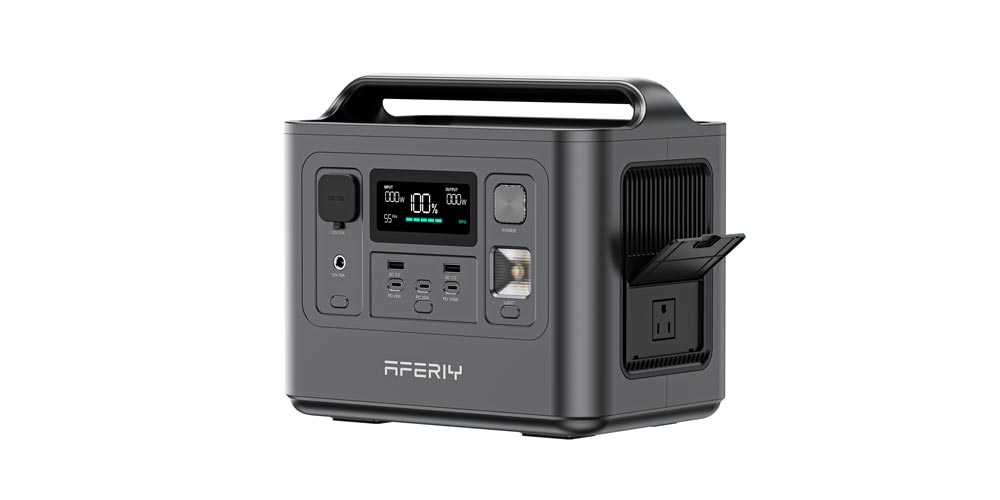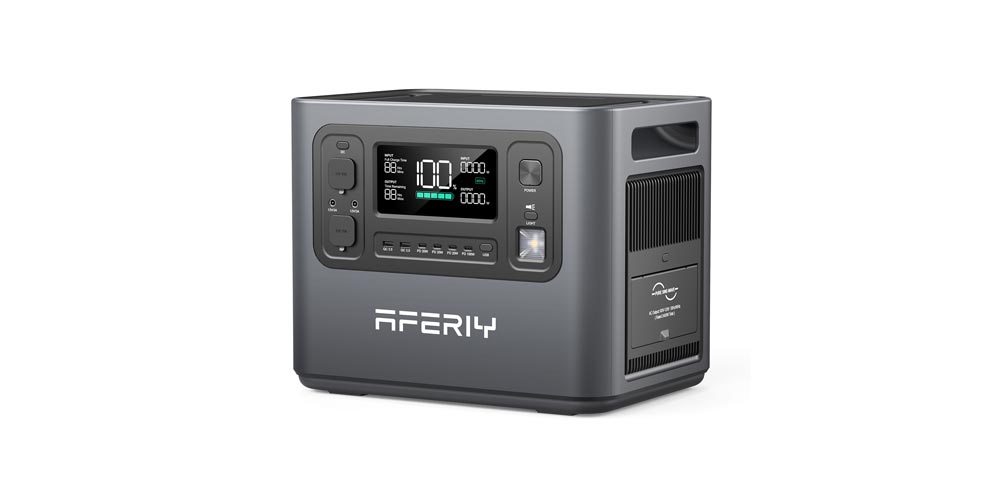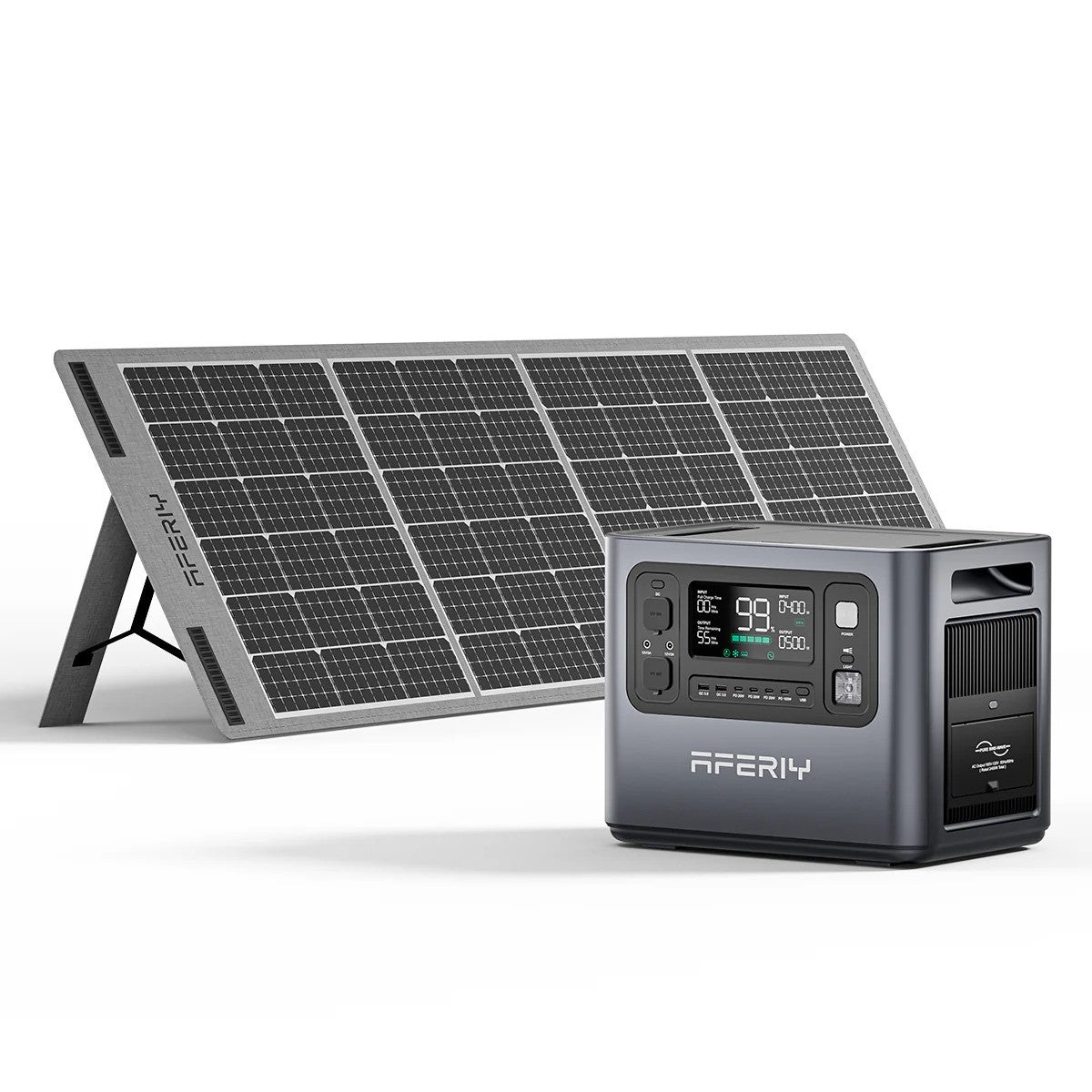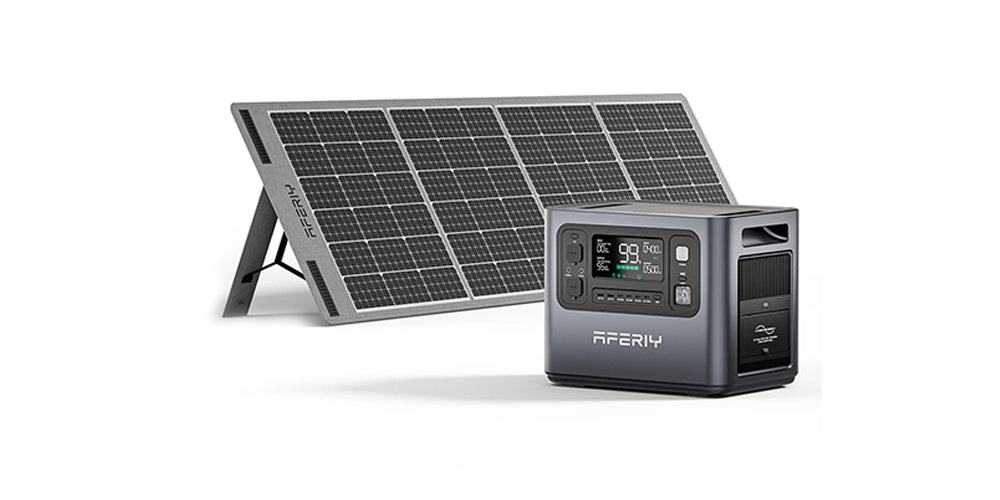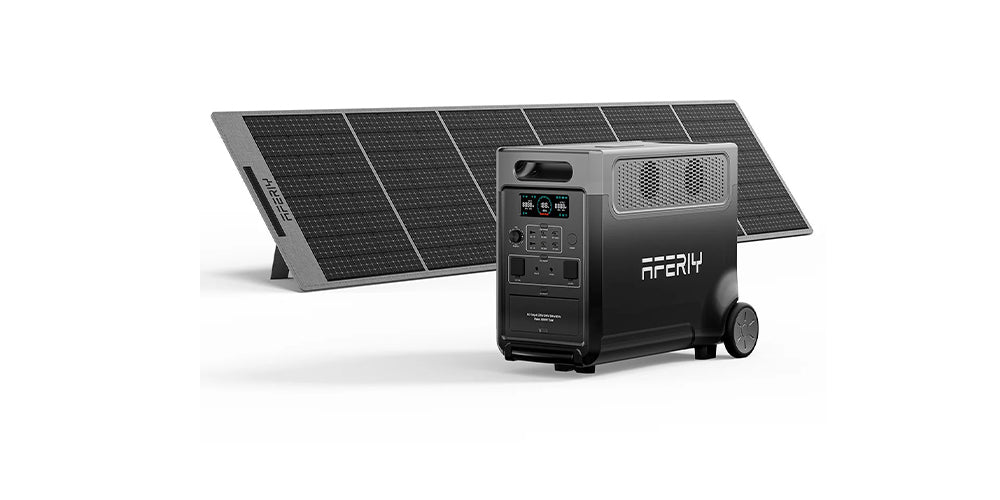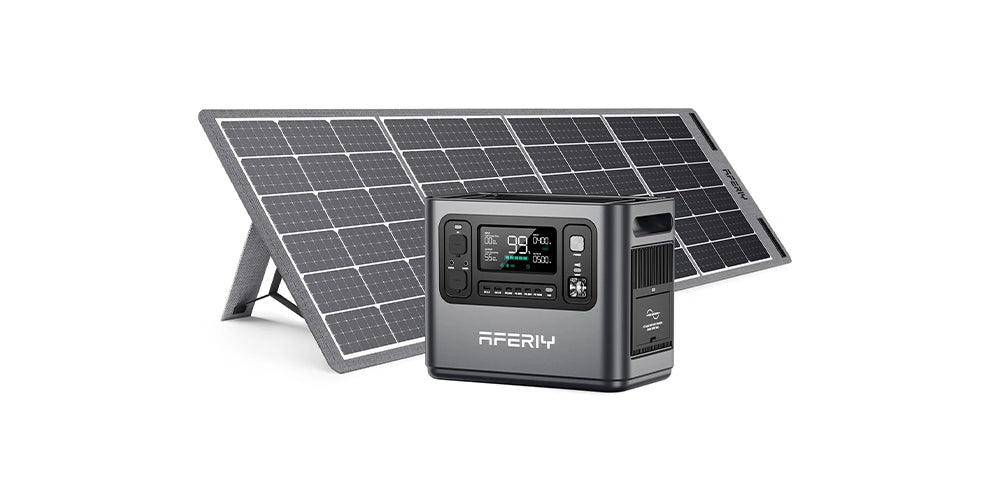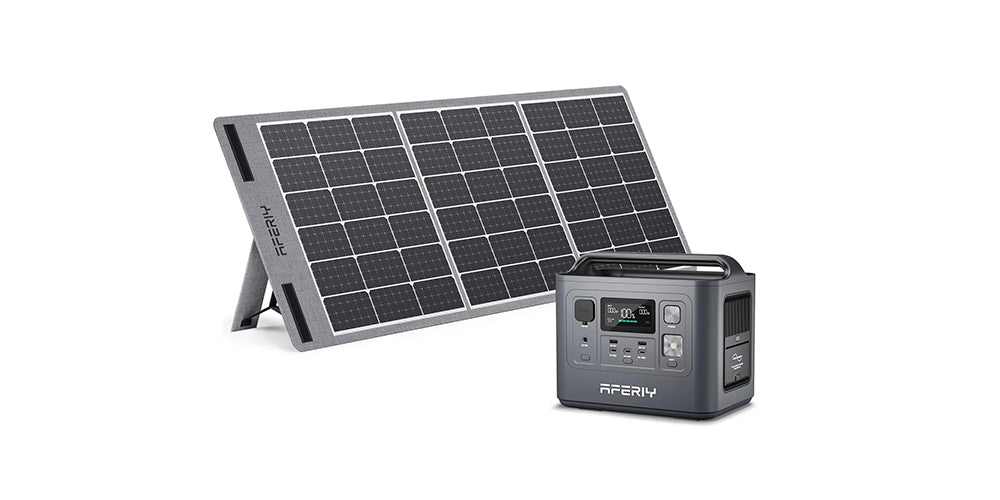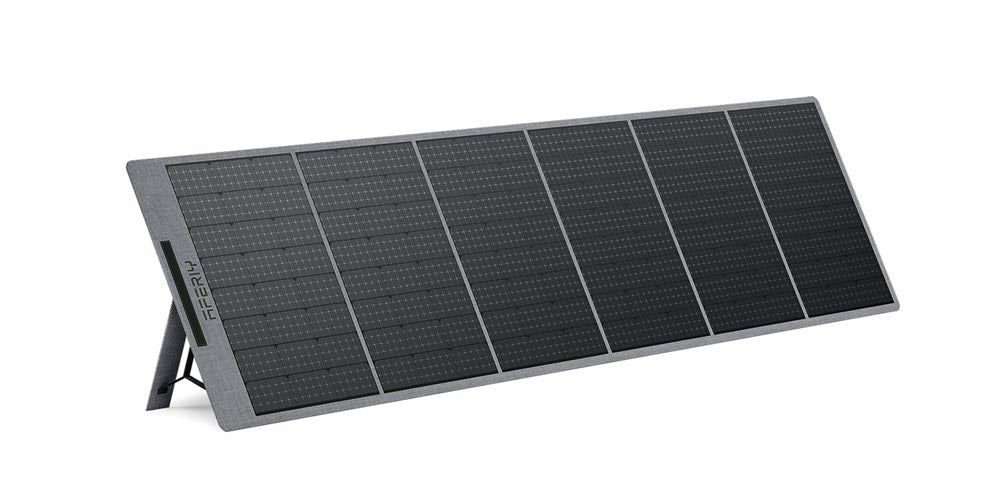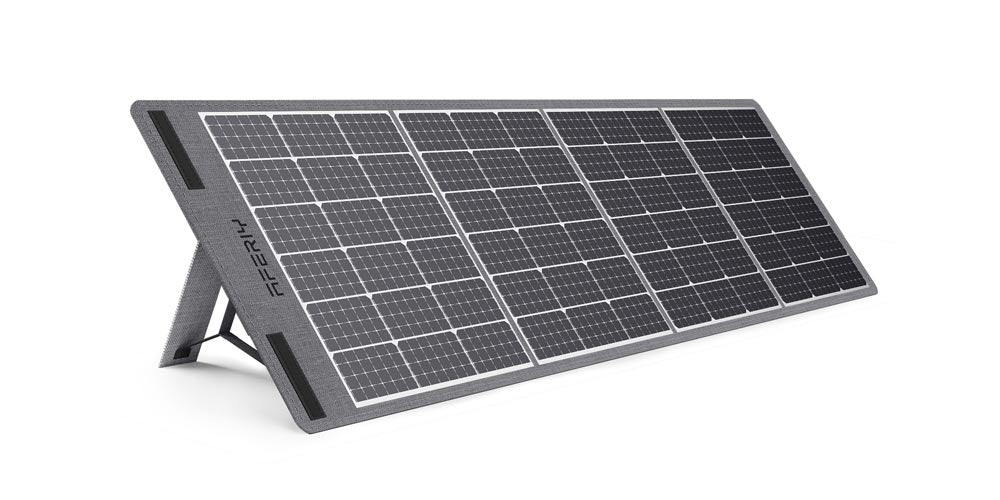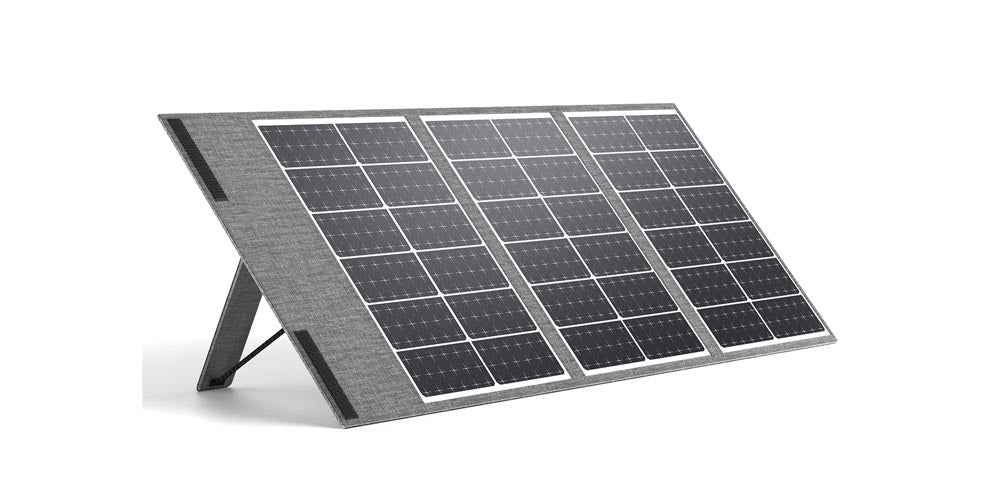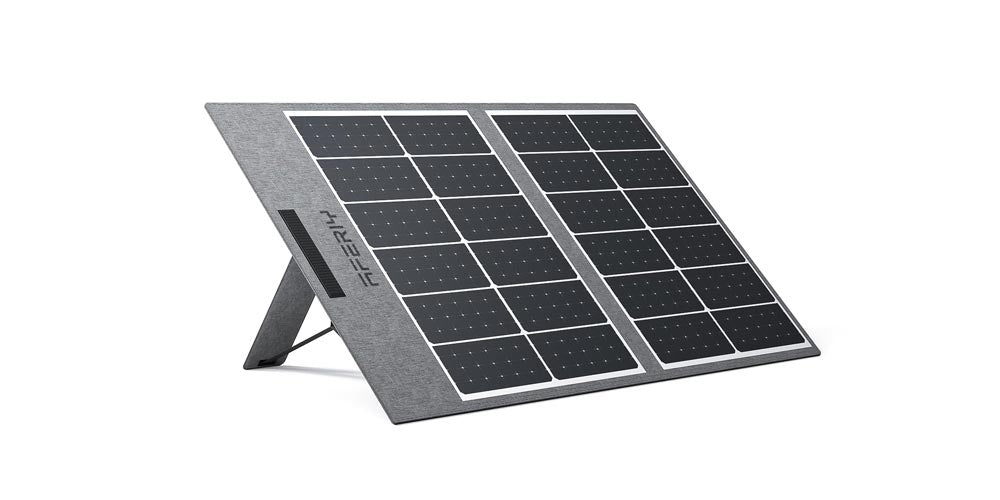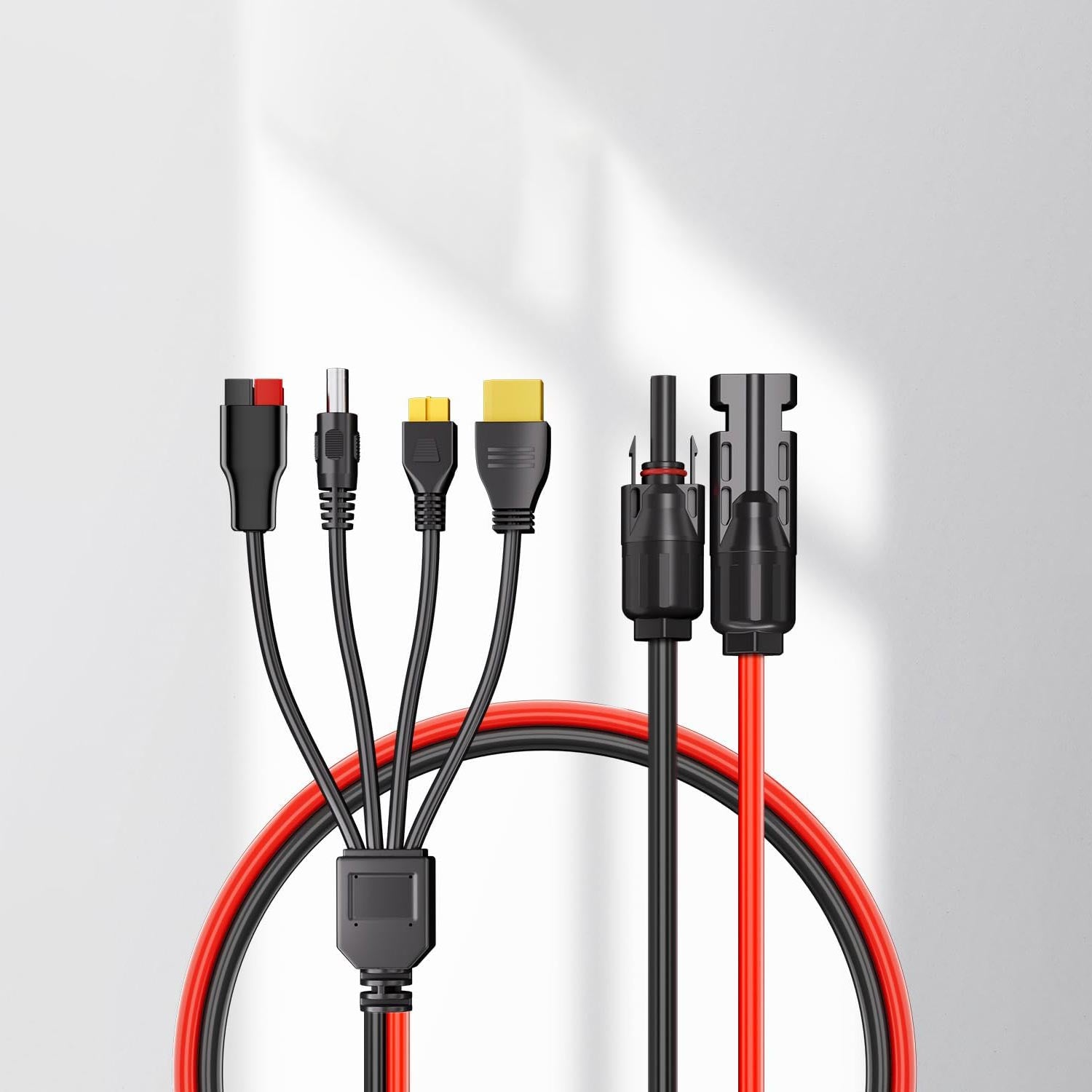What Size Solar Generator Do You Need?
As energy independence becomes a priority, more and more households and travelers are turning to eco-friendly and sustainable solutions like solar generators. Whether for a home, a camper van, a remote cabin, or simply to anticipate power outages, this technology is gaining popularity.
In this article, we'll explain what a solar generator is, how it works, how to calculate the required capacity based on your usage, and why it's a smart investment.
What is a solar generator?
- A solar generator, unlike a traditional gasoline or diesel generator, works by capturing the sun's energy. It is a complete energy solution generally composed of two main components:
- Solar panels: These capture sunlight and convert it into electricity (direct current).
The power station (or portable battery): This stores the electricity produced so it can be used at any time, even at night or on cloudy days. In other words, when we talk about a solar generator, we're often referring to a combined system. This can be an all-in-one kit or a modular installation tailored to your needs, such as a model suitable for home use, or a portable version for nomadic activities such as outdoor activities.
How Is a Power Station Sized?
Before choosing your solar generator, it's essential to understand how power stations are sized. Here are the main characteristics to consider:
1. Battery capacity (Wh)
This is the number of watt-hours (Wh) the battery can store. For example, a 1000 Wh station can theoretically power a 100 W device for 10 hours.
2. Continuous power (W)
This indicates the maximum power the station can provide continuously. This is an essential criterion for devices that run continuously, such as a refrigerator or air purifier.
3. Peak (or start-up) power
Some appliances require a temporary power surge when they start up, such as washing machines or freezers. This power is often two to three times higher than the nominal power.
Concrete example:
A small refrigerator consumes approximately 100 W when in operation, but its startup peak can reach 300 W. Therefore, a station capable of handling this peak without tripping is required.
Steps to Calculate Your Optimal Power Station Capacity
To properly size your solar generator, follow these steps:
1. List Your Appliances
Note all the appliances you want to power: LED light, laptop, TV, coffee machine, microwave, etc.
2. Note their power (in W)
You will usually find this information on a label or in the appliance's instructions.
3. Multiply by the usage time
For example, an 800 W coffee maker used for 15 minutes consumes:
800 W × 0.25 h = 200 Wh
4. Add the Power Requirements
Add all consumptions to estimate your total daily power requirement in Wh.
5. Add a 20-30% safety margin
This compensates for energy losses and ensures sufficient autonomy.
Example:
Computer: 100 W × 4 h = 400 Wh
Refrigerator: 100 W × 24 h = 2400 Wh
LED lighting: 50 W × 5 h = 250 Wh
Total = 3050 Wh
With a 20% safety margin → approximately 3660 Wh required per day
In this case, a station like the Aferiy P310 or a modular solution with powerful solar panels would be ideal.
|
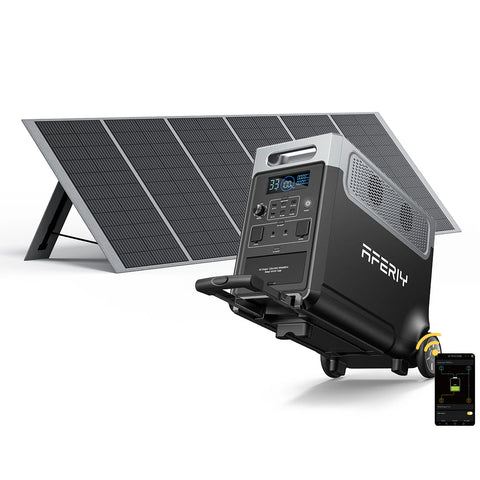 |
AFERIY P310 3600W portable solar generator
Aferiy offers a wide range of portable power stations to meet all your daily needs. Our models range in capacity from 99 Wh to 3840 Wh—including 99 Wh, 256 Wh, 512 Wh, 960 Wh, 2048 Wh, and 3840 Wh—to accommodate both small, portable devices and heavy-duty applications.
Can you power a home with a solar generator?
The answer is yes, but it depends on your needs. A solar generator for your home can partially or completely cover your consumption depending on:
The power and capacity of the power station
The size of the solar panels (and therefore the charging speed)
The number of devices used simultaneously, as well as their daily operating time, directly influence the required capacity.
For emergency power, a 1500 to 3000 Wh station may be sufficient to run essential devices: refrigerator, lighting, internet access point, and a few USB chargers.
For a complete standalone power supply, you will need a larger combination of panels (400-800 W) and a battery capacity of 6000 Wh or more.
The advantages of a portable solar generator
A portable power station is particularly useful for traveling, camping, outdoor events, or as a complement to a home system. Here are the main advantages:
Quiet: unlike gasoline generators.
Eco-friendly: no smoke or harmful emissions.
Mobile: easy to transport and install.
Rechargeable anywhere: via solar panel, mains power, or car socket.
Ideal for campers: a solar campervan generator guarantees you a self-sufficient supply of electricity, without the need for an external power source.
For example, AFERIY solutions are designed to offer flexibility: compact models for mobile use, and large stations for homes or professional use.
How much does a solar generator cost?
The price varies depending on several criteria:
| Capacity | Typical Use | Estimated Price |
|---|---|---|
| < 500 Wh | Camping, phone charging | €300 – €600 |
| 500 to 1500 Wh | Weekends, small appliances | €600 – €1200 |
| 1500 to 3000 Wh | Home, campervan, emergency | €1200 – €2500 |
| > 6000 Wh | Full autonomy | €2500 and above |
solar generator price
While the initial investment may seem high, the long-term savings (no fuel, no maintenance) make it a cost-effective and sustainable solution.
Conclusion: Choosing the right size solar generator means choosing peace of mind.
A properly sized solar generator will allow you to enjoy a reliable, quiet, and clean source of energy, wherever you are. Whether for a home, a camper van, a remote location, or simply to be ready in case of a power outage, there's a solution that's right for your needs.
Take the time to evaluate your usage, compare capacities, and opt for a scalable station. At AFERIY, we offer models for everyone, from the minimalist traveler to the household seeking energy independence.

